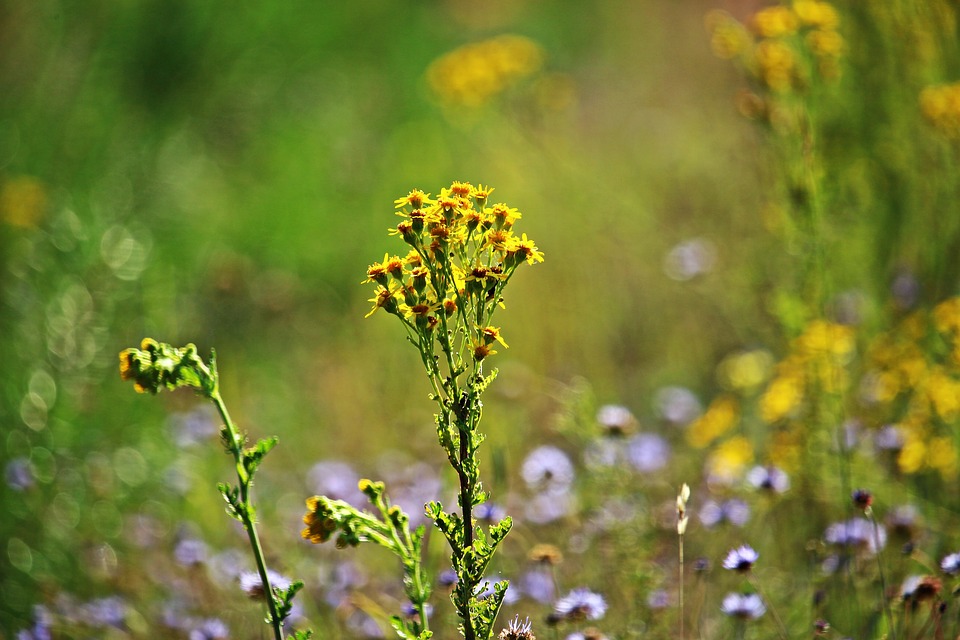It’s here—the dreaded ragweed season! It typically stretches from early September to the end of October (though some contend that global warming is lengthening its pollinating season). Of all allergens, ragweed is among the most pernicious, causing 23 million Americans to develop allergic rhinitis symptoms.

It’s hard to get away from ragweed. The flowering plant from the aster family grows in most every part of the country. And even if you don’t encounter an actual ragweed plant, you will likely encounter its pollens. The pollens are particularly light and can be carried by the wind for hundreds of miles.
Ragweed is often found growing in disturbed soil in vacant lots. In fact, in Detroit, residents report a surge in hay fever due to the number of vacant, sporadically landscaped lots there. If left “undisturbed,” other weeds and plants might naturally overtake the ragweed, but when the lawns are mowed intermittently—every few months or so—“competitor plants” are minimized, allowing ragweed to flourish once again.
Ragweed can cause a runny or stuffed up nose, scratchy or sore throat, itchy skin (eczema) or itchy eyes (conjunctivitis). It can also cause wheezing or asthma. If you react to ragweed, you might also experience an “oral allergy” in your mouth when eating apples, bananas, melon, honey, or sunflowers. The proteins in these fruits are so similar to ragweed pollens that it is difficult for the human body to tell them apart. An oral allergy manifests as an itching or tingling in the mouth or throat.
Ragweed sufferers can try to minimize their time spent outdoors during ragweed season. (Check the pollen count on your weather app or at pollen.com.) However, since ragweed pollens can waft into your home through a cracked door or hurriedly opened window, there’s no way to completely avoid it.
If ragweed season has you feeling miserable, talk to your doctor about an allergy treatment program using immunotherapy for long-term symptom relief. Your physician may prescribe sublingual immunotherapy (allergy drops) or subcutaneous immunotherapy (allergy shots). Immunotherapy can help desensitize your body to ragweed pollens so your body discontinues its cycle of uncomfortable allergy symptoms.


